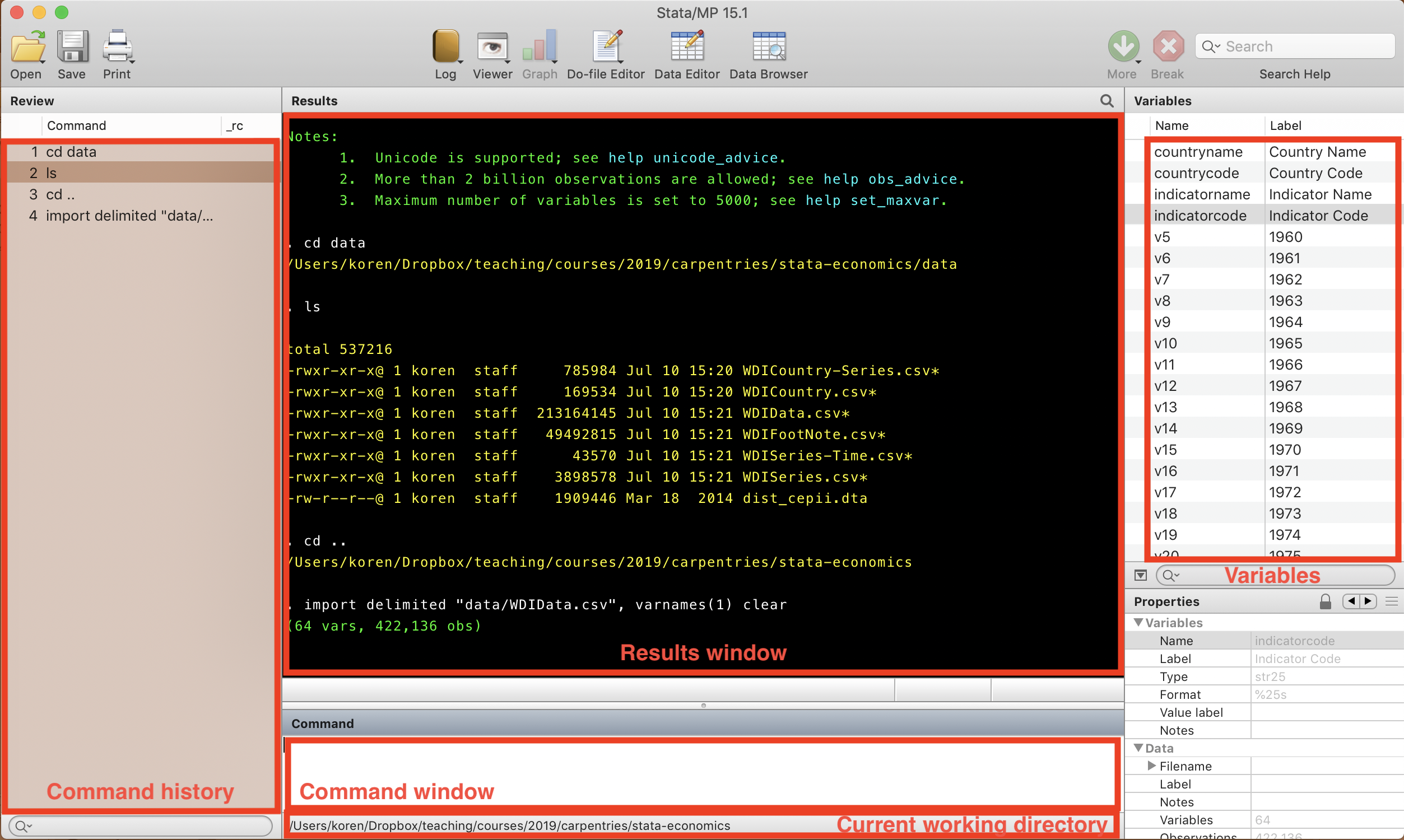

(3) The geometrical symbols (i.e., all with the exception of the plus sign and the letter X/x) may be either solid (i.e., filled with colour) or hollow. (2) With the exception of the plus sign, for each symbol there is a large and a small version. (1) There are six symbols: Circles, diamands, triangles, squares, plusses (i.e., +), and x. So, what is msymbol(O) standing for? Well, perhaps you have guessed that the O (note that this is letter O, not number zero!) represents a circle, and yes, you're right. You may specify the desired symbol by way of adding an option to the respective graph command, as in


Scatter plots, "connected" line plots and probably a number of others will depict data points by symbols such a dots (circles), squares, triangles etc. intensity(0) will deliver a white box, with a maximum of 100 for the highest intensity. However, the intensity() option allows you to regulate the amount of colour used for the box. Box plotsĪs far as box plots are concerned, I'm not certain whether (and if so, how) you may change the colour of the box. For a description, see the first section (on line charts) of this entry. The same holds for lintens, but note that whatever you do with this option, it will be overriden by a blcolor option associated with a bar, as described in the example above.įinally, the thickness of the line that outlines the bar can be influenced with lwidth(), which is used as a sup-option to the bar() option, just like bfcolor or blcolor. intens(*.5) will yield half the intensity and intens(*2) will double it. intens(*#) will change the intensity compared to the default value.
#Add xline stata full#
intens(0) will reduce the intensity of the filling colour to zero (i.e., to white), whereas intens(255) will yield the full flavour. These options refer to the overall graph, i.e., they are not associated with a specific bar ( bar(1. These modifications come from the intens and lintens options (for intensity and line intensity). Note, however, that the look of the bar can be modified in other ways as well, and these interact with bfcolor and blcolor. That is, bfcolor refers to the "filling" of the bar, whereas blcolor stands for "bar line". blank, bars that are delineated by black lines. Graph bar (percent), over(education) bar(1, bfcolor(white) blcolor(black)) You may refer either to a colour, such as inįind more about filling colours by typing help colorstyle. With histograms, try the fcolor() option. Often, you may add an option referring to the colours used to fill bars or boxes. The width, or thickness, of the line may be changed via option lwidth, such as inĪpart from some keywords that are available (such as medthin, vthin, or thick ), you can use numbers, as in lwidth(*1.2), which will multiply the default width by a factor of 1.2, or in lwidth(1.2), with the value in parentheses difficult to interpret in substantial terms (it refers to a percentage of the width or height of the graph, whichever is smaller - but to translate this into line width is not easy). (dot = short dash) and # (= small amount of blank space).

You may combine elements _ (underscore = long dash), - (hyphen = medium dash). Line sales1 sales2 year, lpattern("_-." "_#") You may also create your own line pattern with the help of a "formula", such as in The last option is just in case you wish to draw an invisible line for some reason or other. Other pattern styles are dot, dash_dot, shortdash, shortdash_dot, longdash, longdash_dot or blank. With the first line being drawn as a solid line and the second as a dashed line. Line sales1 sales2 year, lpattern(solid dash) The pattern of the line may be changed via option lpattern, such as in You may also wish to change the thickness of the line. In a line chart, you may distinguish different lines by colour or pattern. Multiple Imputation: Analysis and Pooling StepsĬhanging the Look of Elements of the Graph Lines.Confidence Intervals with ci and centile.Changing the Look of Lines, Symbols etc.


 0 kommentar(er)
0 kommentar(er)
